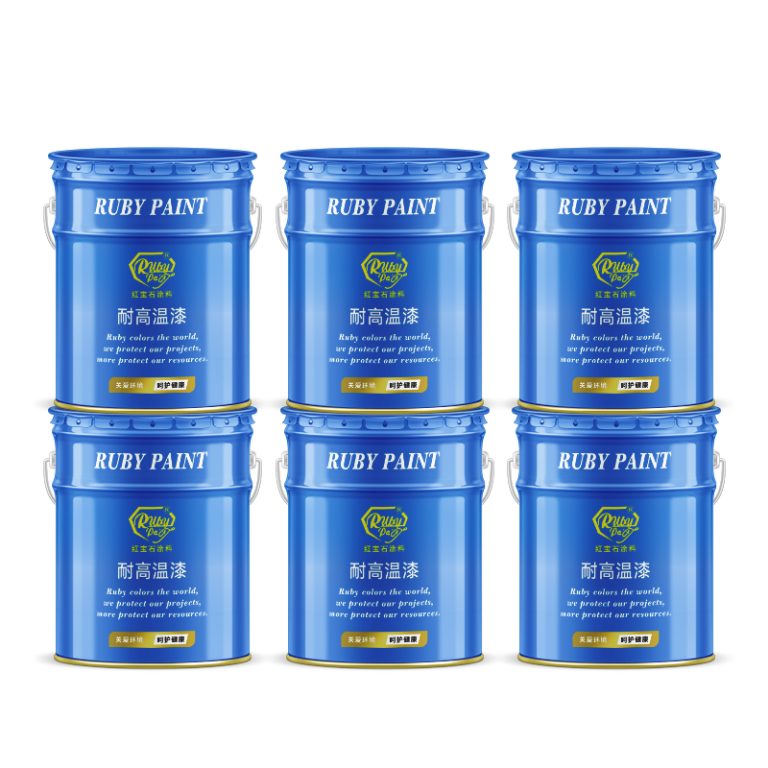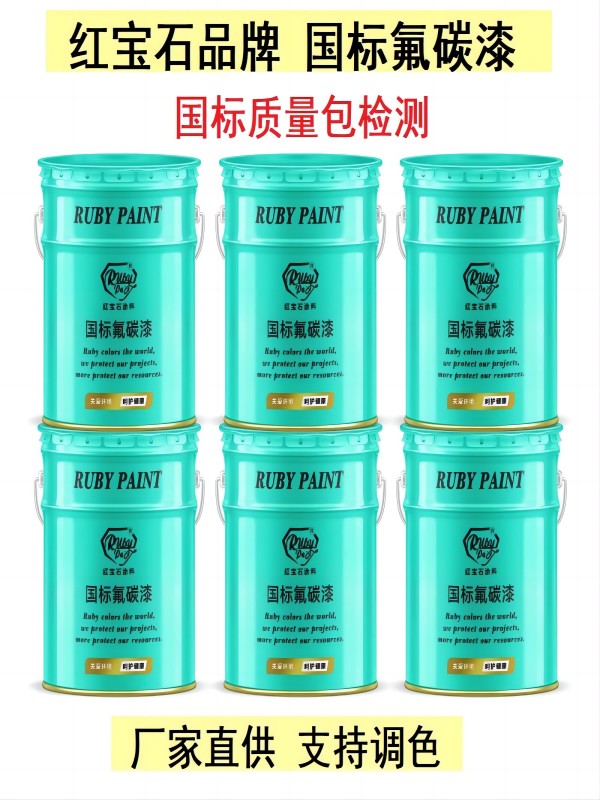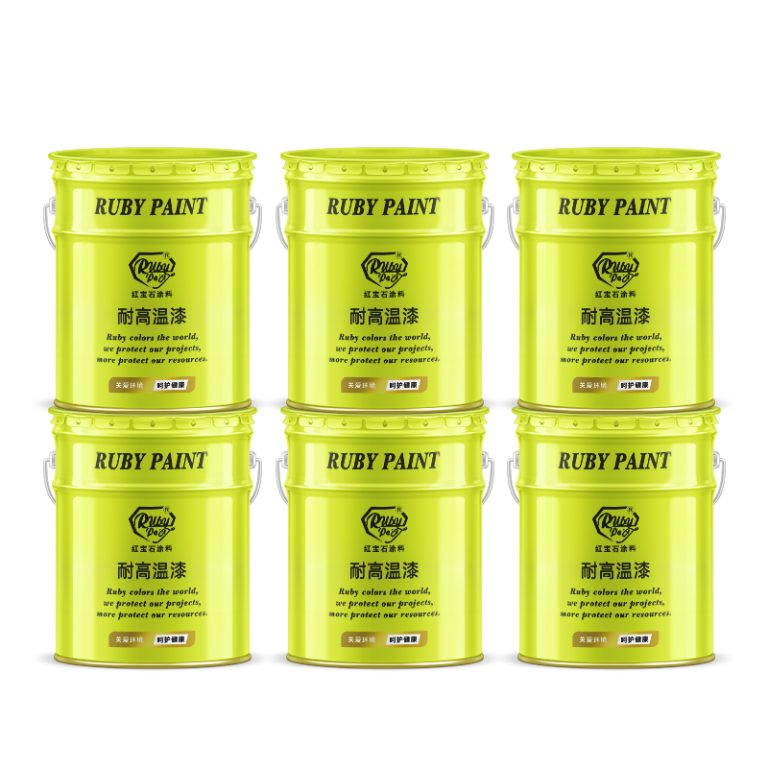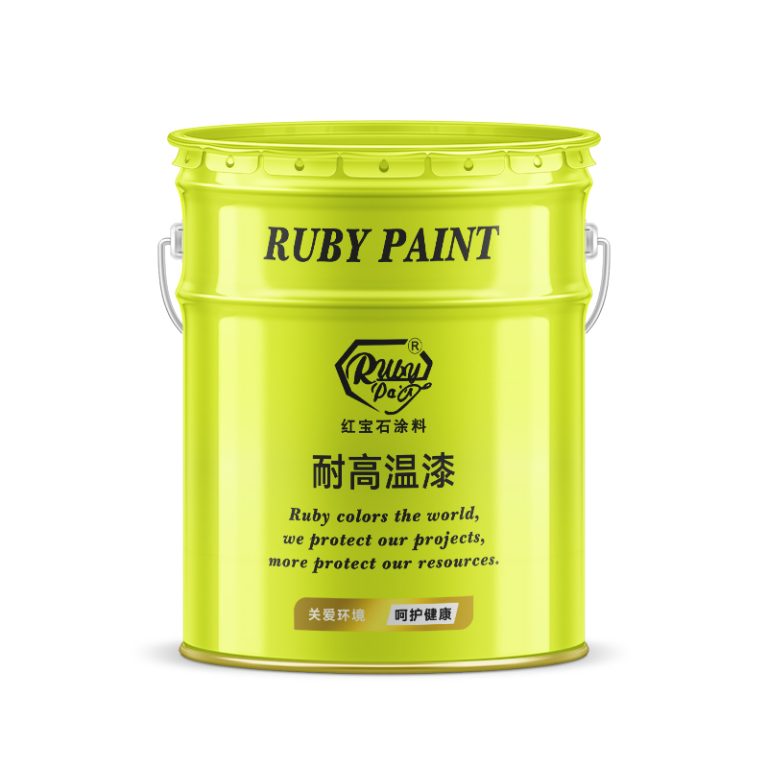Table of Contents
Effectiveness Of Bug And Tar Remover On Road Paint
When it comes to removing road paint from vehicles, many car owners find themselves at a loss for what products to use. Bug and tar remover is a popular choice for cleaning off stubborn stains and residues from cars, but its effectiveness on road paint is a topic worth exploring. Road paint, used to mark lanes and traffic directives on pavement, is formulated to be highly durable and weather-resistant, which can make it particularly challenging to remove once it has adhered to a vehicle’s surface.
Bug and tar remover is specifically designed to break down and dissolve organic compounds such as bug splatters, tree sap, and tar spots. These substances are generally sticky and viscous, and the active ingredients in bug and tar removers are tailored to target these characteristics. However, road paint is a different kind of contaminant. It is typically a water-based or solvent-based paint that dries to form a tough, adherent film. This means that while bug and tar remover is excellent for organic and oily residues, its formulation may not be as effective against the chemically distinct and hardy nature of road paint.
Despite this, some car owners have reported varying degrees of success using bug and tar remover on road paint. The key seems to lie in the application method and the specific formulation of the remover. For instance, applying the remover generously and allowing it to sit for an extended period can sometimes soften the road paint enough to make it easier to wipe or wash away. It is also crucial to use a soft cloth or sponge to avoid scratching the vehicle’s paint during the removal process.
Moreover, the effectiveness of bug and tar remover on road paint can also depend on how long the paint has been on the vehicle. Fresh road paint is generally easier to remove than paint that has been left to cure and harden over time. In cases where the road paint has been on the car for an extended period, more specialized products, such as automotive paint thinners or clay bars, might be necessary to achieve satisfactory results.
It is important to note that while bug and tar remover can be a useful tool in tackling road paint, it is always advisable to test the product on a small, inconspicuous area of the vehicle first. This precaution helps to ensure that the remover does not damage the car’s finish or interact negatively with the paint. Additionally, car owners should consider consulting their vehicle’s manufacturer or a professional auto detailer for recommendations on the best products and techniques for removing road paint safely and effectively.
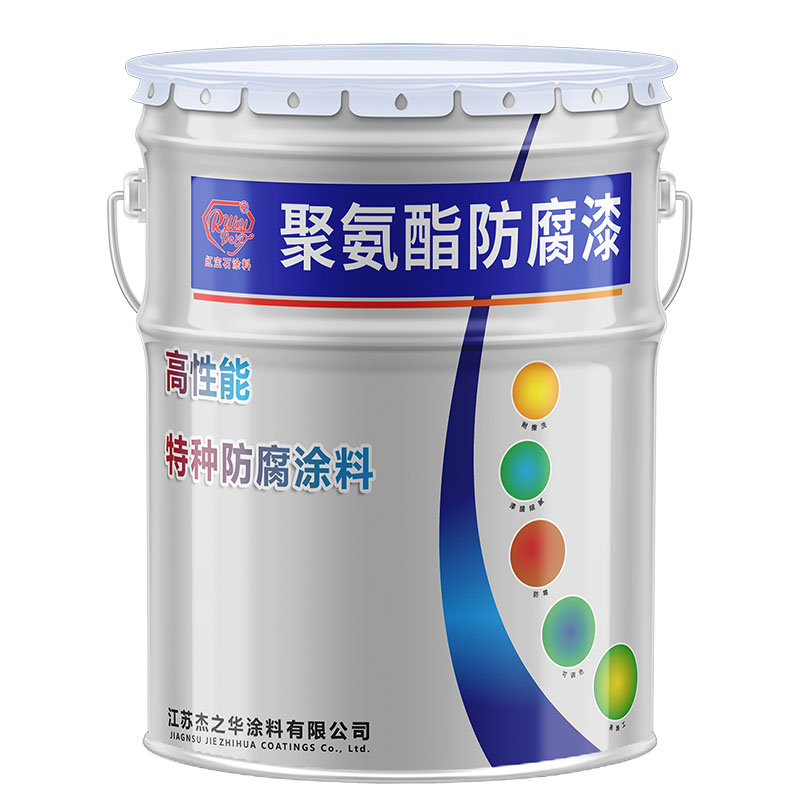
In conclusion, while bug and tar remover can be a helpful product for cleaning various automotive contaminants, its effectiveness on road paint can be limited. The chemical composition of road paint presents a challenge that may require more specialized solutions, particularly for paint that has been on the vehicle for some time. Car owners should approach the task with caution, armed with the right information and possibly seeking professional advice to preserve the integrity of their vehicle’s appearance.
Comparing Bug And Tar Remover With Other Road Paint Removal Methods
When it comes to removing road paint from vehicles, bug and tar remover is often considered as a potential solution. However, it is important to understand how it compares to other road paint removal methods in terms of effectiveness and safety for the vehicle’s surface. Bug and tar remover is specifically formulated to dissolve sticky residues, such as those left by insects and tree sap, as well as tar from road surfaces. While it is effective for these purposes, its ability to remove road paint can vary depending on the chemical composition of the paint and the remover.
Road paint is typically more resilient than the contaminants targeted by bug and tar removers. It is designed to withstand harsh weather conditions and constant wear from traffic, which means it adheres strongly to surfaces, including vehicle exteriors. Consequently, bug and tar remover may not always be potent enough to break down road paint effectively. In some cases, it might only soften the paint or require multiple applications, which can be time-consuming and may still not yield satisfactory results.
| No. | Product Name |
| 1 | Industrial paint |
On the other hand, there are specialized products available that are specifically designed to remove road paint. These products often contain stronger solvents that can more effectively dissolve the paint. However, the aggressive nature of these chemicals means they can also pose a risk to the vehicle’s paintwork if not used correctly. It is crucial to follow the manufacturer’s instructions carefully and to test the product on a small, inconspicuous area of the vehicle first to ensure it does not cause damage.
Another method to consider is the use of clay bars, which are designed to remove surface contaminants from vehicle exteriors. While clay bars can be effective at lifting off road paint, they require significant elbow grease and time. The process involves manually rubbing the clay bar over the paint-splattered area, which can be labor-intensive. Additionally, this method may not be suitable for extensive paint coverage or for paint that has been on the vehicle for a long period.
Professional detailing services offer another alternative. These services typically have access to commercial-grade products and equipment that can safely and effectively remove road paint. Moreover, professionals have the expertise to assess the situation and choose the most appropriate method, minimizing the risk of damage to the vehicle. While this option may be more costly than DIY methods, it provides peace of mind and potentially better results.
In conclusion, while bug and tar remover can be a convenient option for tackling road paint, its effectiveness is limited compared to products specifically designed for this purpose. Vehicle owners should weigh the pros and cons of each method, considering factors such as the extent of the paint coverage, the potential for damage to the vehicle’s exterior, and their own comfort with performing the task. For those who are unsure or prefer to ensure the best outcome, seeking professional help may be the wisest choice. Ultimately, the goal is to safely restore the vehicle’s appearance without compromising the integrity of its paintwork.
| No. | Article Name |
| 1 | Industrial paint |

